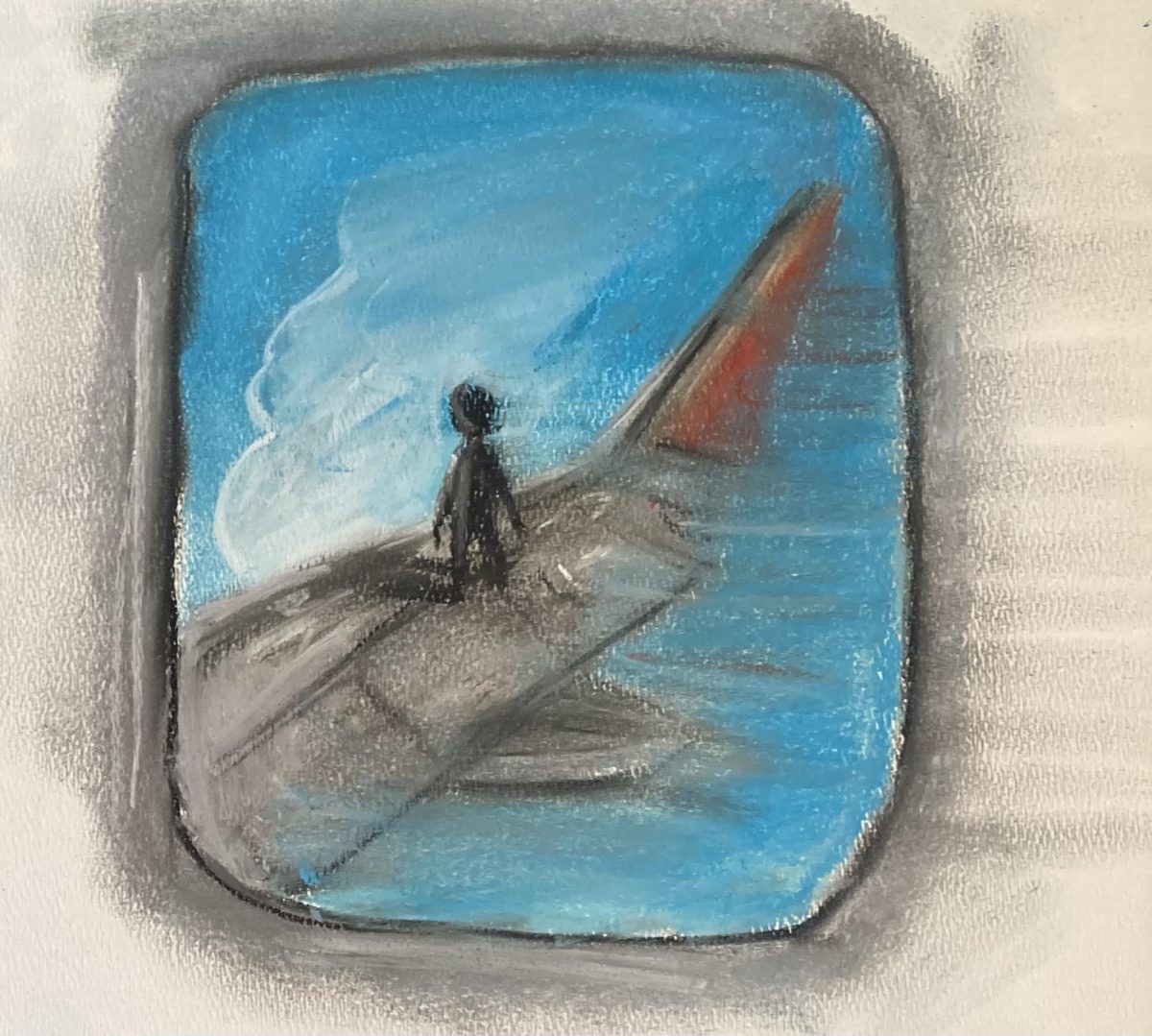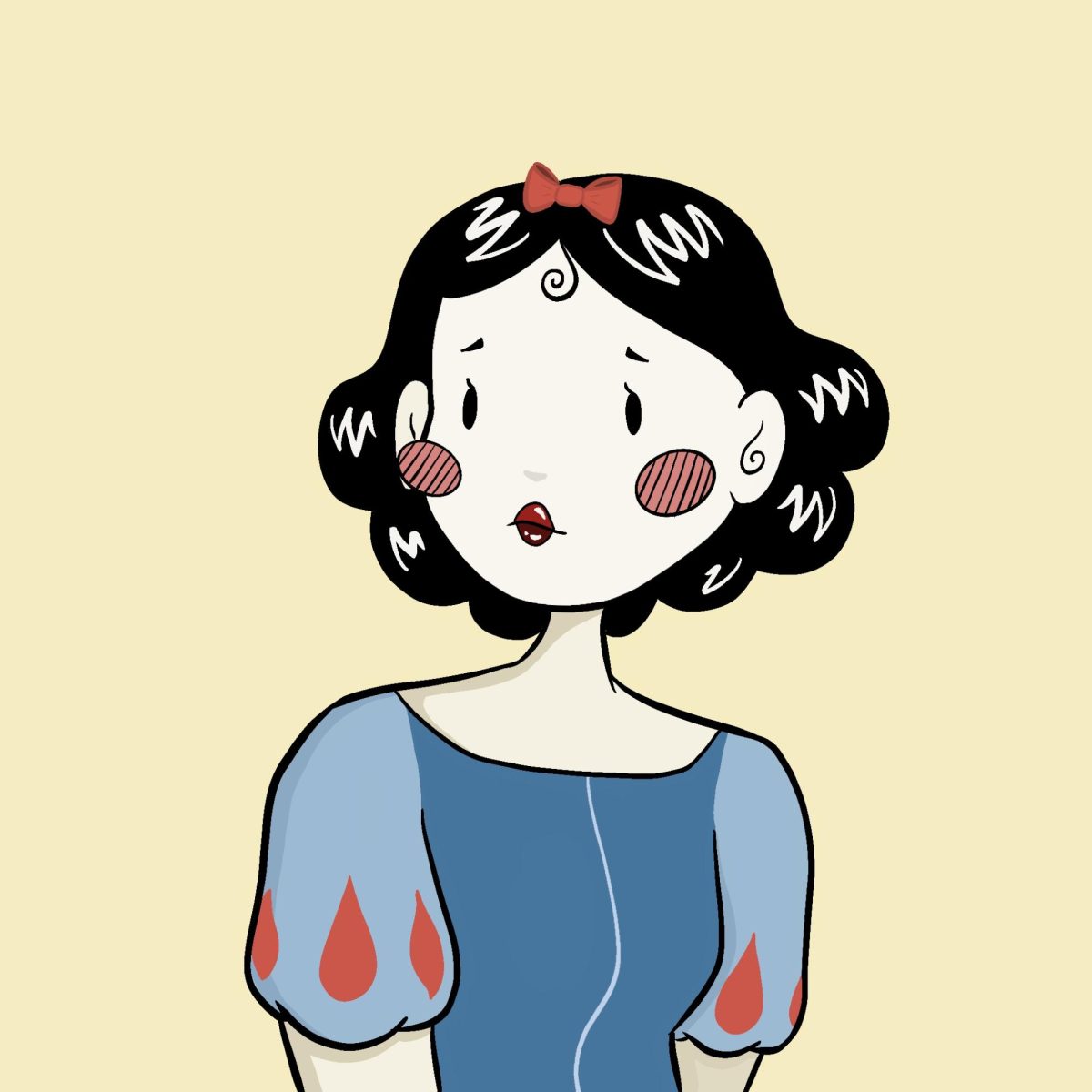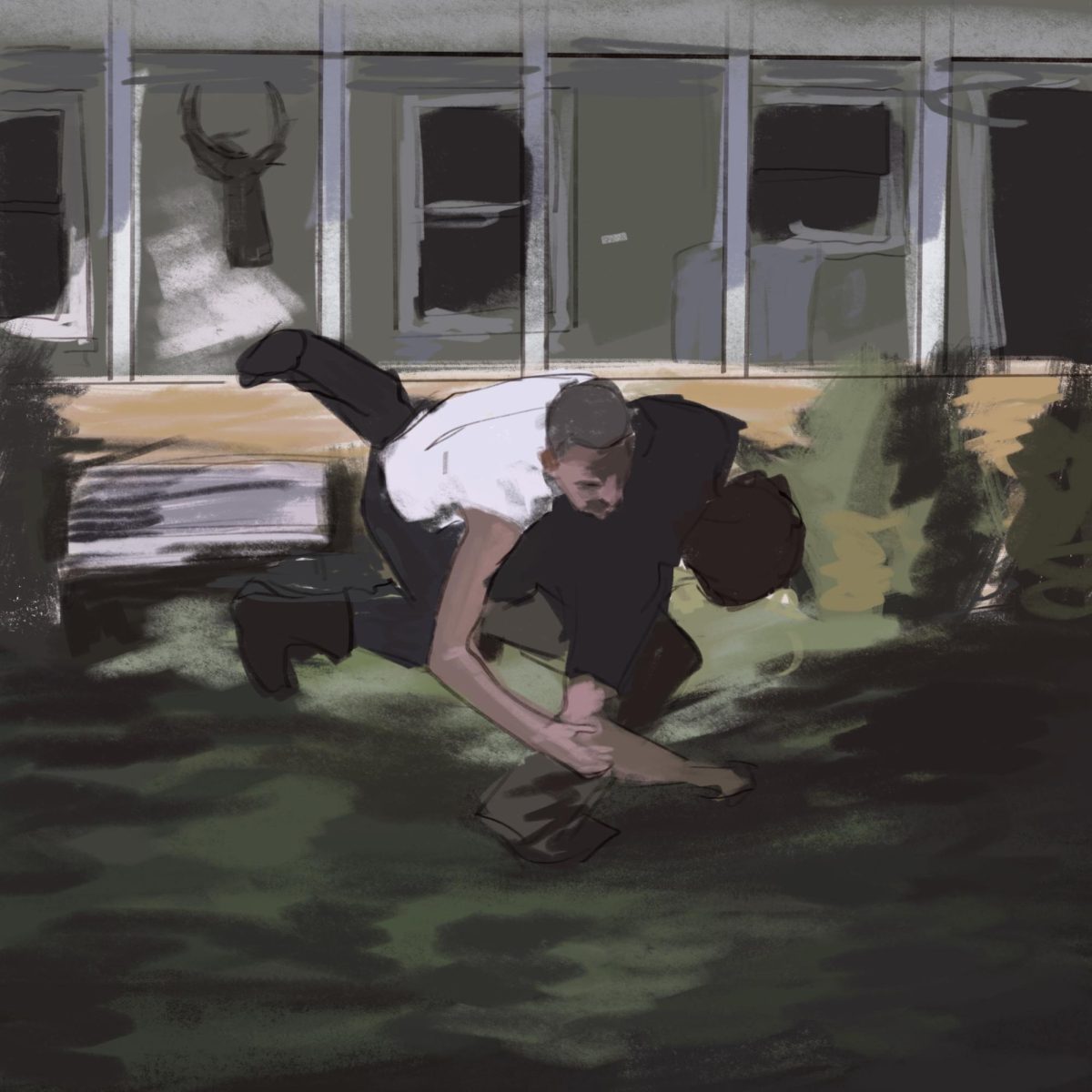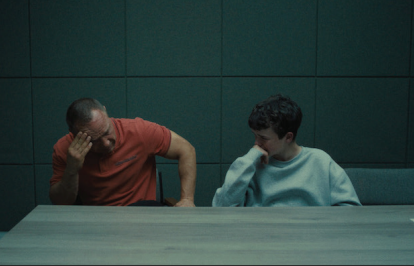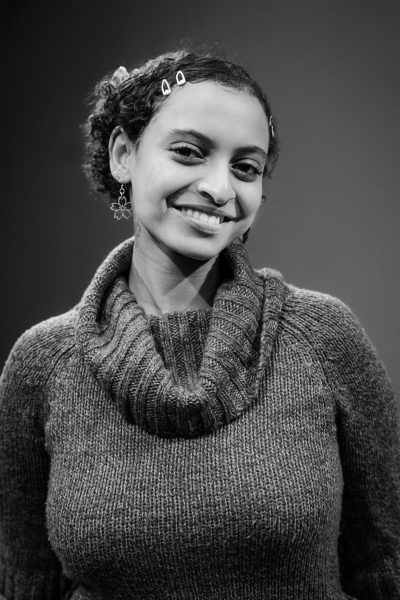Booker Prize-winning author Arundhati Roy’s second novel is a mosaic of multiple stories, following a spectrum of characters: a transgender woman in Delhi, an untouchable man assuming a Muslim identity, a retired corrupt government official, a resistance fighter in Kashmir, a Maoist rebel, and a defiant woman who kidnaps a baby, among many many others. Significantly, the story sometimes gives as much importance to birds and insects as it does to the human characters.
The release of this novel, two decades after Roy’s acclaimed debut novel The God of Small Things was met with considerable anticipation. Like her previous work, this novel employs an unconventional style, yet it shapes it into a narrative with compelling emotional force. Although this follow-up has been long in the making, it feels less put together than Roy’s first novel.
At times, Roy’s choice to encompass a wide range of stories proved highly effective. Her initial portrayal of the life of a trans woman (or hijra), Anjum, offers a compelling perspective. Anjum’s realization of her identity as a woman unfolds without excessive drama or pain, and her transition from her family to the commune where she spends most of her life lacks the expected terror. Instead, we watch Anjum find acceptance in her community while grappling with her own inner turmoil. Another hijra succinctly explains to her, “The riot is inside us. The war is inside us. Indo-Pak is inside us. It will never settle down. It can’t.” The potency of the novel hinges on this idea that most wars exist within the characters, not outside of them. No one is at peace. There is also Tilo, an enigmatic woman with a mysterious past who intertwines her fate with Musa, Naga and Biplab.
By incorporating numerous voices, it’s possible Roy was emphasizing the notion that each individual is equally deserving of empathy. However, paradoxically, the effect sometimes becomes the opposite. Nearly every character has undergone some profound tragedy—a father slayed by caste, a boy blinded in protest, a wife beaten to death, or a daughter brutally killed in a government massacre (unofficially). However, as a result, conveying (and perhaps feeling) the impact of each becomes even harder. I found it unfortunate that, in her attempt to personalize the characters’ tragedies, there are moments when Roy appears to caution the reader against seeking any point of human sympathy. She writes, “Death was everywhere. Death was everything. Career. Desire. Dream. Poetry. Love. Youth itself. Dying became just another way of living…”
There’s no other way for me to describe this book besides a small lingering grief. You’ll feel it the next morning when you stir the sugar in your tea, wipe the fog off your mirror, or turn a doorknob. By the following week you won’t be able to remember all the characters names but you will always recall a sour hint of their tragic lives, deserted dreams, wars unfinished. Give the novel time to permeate and you’ll discover the rewards of Roy’s ability to weave one book out of all these fractured lives. “How to tell a shattered story?” one of the characters reads, “By slowly becoming everybody. No. By slowly becoming everything.”
This article also appears in our December 2023 print edition.







